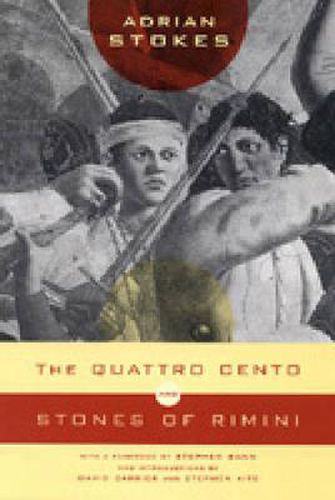Readings Newsletter
Become a Readings Member to make your shopping experience even easier.
Sign in or sign up for free!
You’re not far away from qualifying for FREE standard shipping within Australia
You’ve qualified for FREE standard shipping within Australia
The cart is loading…






Adrian Stokes (1902-1972) was a British painter and author whose writings on art have been allowed to go out of print despite their impact on modernism and ongoing acclaim. Tow of his most influential books, The Quattro Cento (1932) and Stones of Rimini (1934), are bought together in this volume, which includes all their original illustrations. The forward and introduction place Stokes’s works in the context of early 20th-century culture and discuss their structure and relevance to today’s experience of art and architecture. The books reproduced here mark a crossroads in the transition from late Victorian to modernist conceptions of art, especially sculpture and architecture. Stokes continued, even extended, John Ruskin’s and Walter Peter’s belief that art is essential to the individual’s proper psychological development, but wove their new teaching into a new aesthetic shaped by his analysis with Melanie Klein and recent innovations in literature, dance and the visual arts.
$9.00 standard shipping within Australia
FREE standard shipping within Australia for orders over $100.00
Express & International shipping calculated at checkout
Adrian Stokes (1902-1972) was a British painter and author whose writings on art have been allowed to go out of print despite their impact on modernism and ongoing acclaim. Tow of his most influential books, The Quattro Cento (1932) and Stones of Rimini (1934), are bought together in this volume, which includes all their original illustrations. The forward and introduction place Stokes’s works in the context of early 20th-century culture and discuss their structure and relevance to today’s experience of art and architecture. The books reproduced here mark a crossroads in the transition from late Victorian to modernist conceptions of art, especially sculpture and architecture. Stokes continued, even extended, John Ruskin’s and Walter Peter’s belief that art is essential to the individual’s proper psychological development, but wove their new teaching into a new aesthetic shaped by his analysis with Melanie Klein and recent innovations in literature, dance and the visual arts.